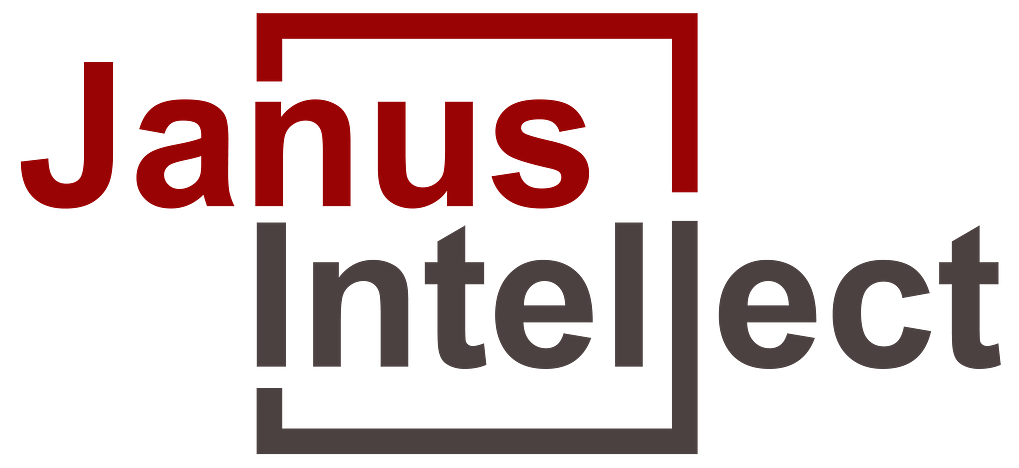Introduction
The Global Aerospace Propulsion Systems Market is set to surge from USD xx Bn in 2023 to a projected USD xx Bn by 2028, growing at a CAGR of xx%.
Aerospace Propulsion Systems are an integral part of aircraft and spacecraft. It is used to generate thrust and propel vehicles through the earths atmosphere or through space. Commercial airliners, helicopters, unmanned aerial vehicles, space exploration vehicles and military jets are all powered by aerospace propulsion systems. These systems harness and convert energy from the combustion of fuel, into forward or upward motion.
Aerospace Propulsion Systems have various uses in commercial aviation, military/defense operations, more. Advancements in aerospace propulsion systems are continuously being achieved. The main focus on improving efficiency and environmental sustainability.
Segment Analysis for Aerospace Propulsion Systems
The Global Aerospace Propulsion Systems Market is segmented based on Product Type, Technology Type, and Application.
The aerospace propulsion systems market, by product, has two types Air Breathing Engine and Non-Air Breathing Engine.
Turbojet engines are used in commercial and military aircraft, and are characterized by their high speed and efficiency for supersonic and subsonic flight. The product is ideal for commercial aviation and regional jets, and have high bypass ratio, are fuel-efficient, and are suitable for long-haul flights. It is used in regional and small aircrafts, as they are ideal for short to medium-haul flights and are efficient at lower speeds.
Ramjet and Scramjet engines are used in hypersonic flight, mainly on experimental platforms. They are air-breathing engines suitable for high-speed flight in the atmosphere. Conventional Propulsion Systems are traditional jet and rocket engines and are an established technology. The advanced propulsion systems carry high-bypass turbofans and have hybrid-electric propulsion which improves efficiency of the engine and reduces environmental impact.
Regional Analysis for Aerospace Propulsion Systems
The North America region is dominated by major aerospace companies in the United States. The North American market carries a strong focus on military aviation and space exploration, and is fueled by significant investments in R&D for advanced aerospace propulsion systems technology. Although there is a growing demand for next-generation military aircraft and North America has the opportunity to play a leading role in the development of hypersonic propulsion systems, the strict environmental regulations in NA along with the increasing competition from emerging players of other regions pose challenges.
Europe is home to major aerospace and defense manufacturers. Here, there is an emphasis on collaborative aerospace propulsion systems projects amongst countries in this region. There have been significant investments in sustainable aviation and alternative propulsion systems in Europe, but they are also faced with regulatory challenges against alternative propulsion technologies. Among advancements in electric and hybrid-electric propulsion also lies the challenge of declining defense budgets in European countries.
In the Asia-Pacific region, India and China are major players with rapidly expanding aerospace and defense industries. The market is also driven by rising defense budgets, contributing to the development of indigenous propulsion systems. APAC is also experiencing a growth in space exploration initiatives and satellite launch capabilities. The challenges faced by this region are its technology transfer limitations, which affect the development of indigenous systems, along with the existing intense competition in the commercial aviation market.
Latin America relies heavily on imports for aerospace equipment and technologies. Economic instability and limited infrastructure for research and development also pose a challenge. However, there is an increasing interest in space programs and satellite launches, along with modernization of old military aircraft, which have the potential to drive the market.
List of Companies
The report provides profiles of the key companies, outlining their history, business segments, product overview, and company financials. Some companies from the competitive analysis are United Technologies Corporation, 3W International GmbH, Orbital ATK Inc., Aerojet Rocketdyne Holdings Inc., Honeywell International Inc., etc.
Key Developments
L3 Harris Technologies acquired Aerojet Rocketdyne, a hypersonic and electric propulsion manufacturing company. – July 2023
Frequently Asked Questions
How Much Is The Global Aerospace Propulsion Systems Market Size?
The Global Aerospace Propulsion Systems Market is set to surge from USD xx Bn in 2023 to a projected USD xx Bn by 2028, growing at a CAGR of xx%.
What Is The Major Global Aerospace Propulsion Systems Market Driver?
- Increasing commercial applications of propulsion systems
- High efficiency of propulsion systems and technological advancements
- Increasing space expeditions
- Increasing demand for long-range missiles
What are the Major Aerospace Propulsion Systems Market opportunities?
- Increasing defense/military budgets of emerging economies
- Growing Investments in R&D Activities Companies
Which Region will Lead Market?
APAC is expected to lead the Aerospace Propulsion Systems Market.
Who Are The Market Players?
United Technologies Corporation, General Electric Company, 3W International GmbH, Orbital ATK Inc., etc.




